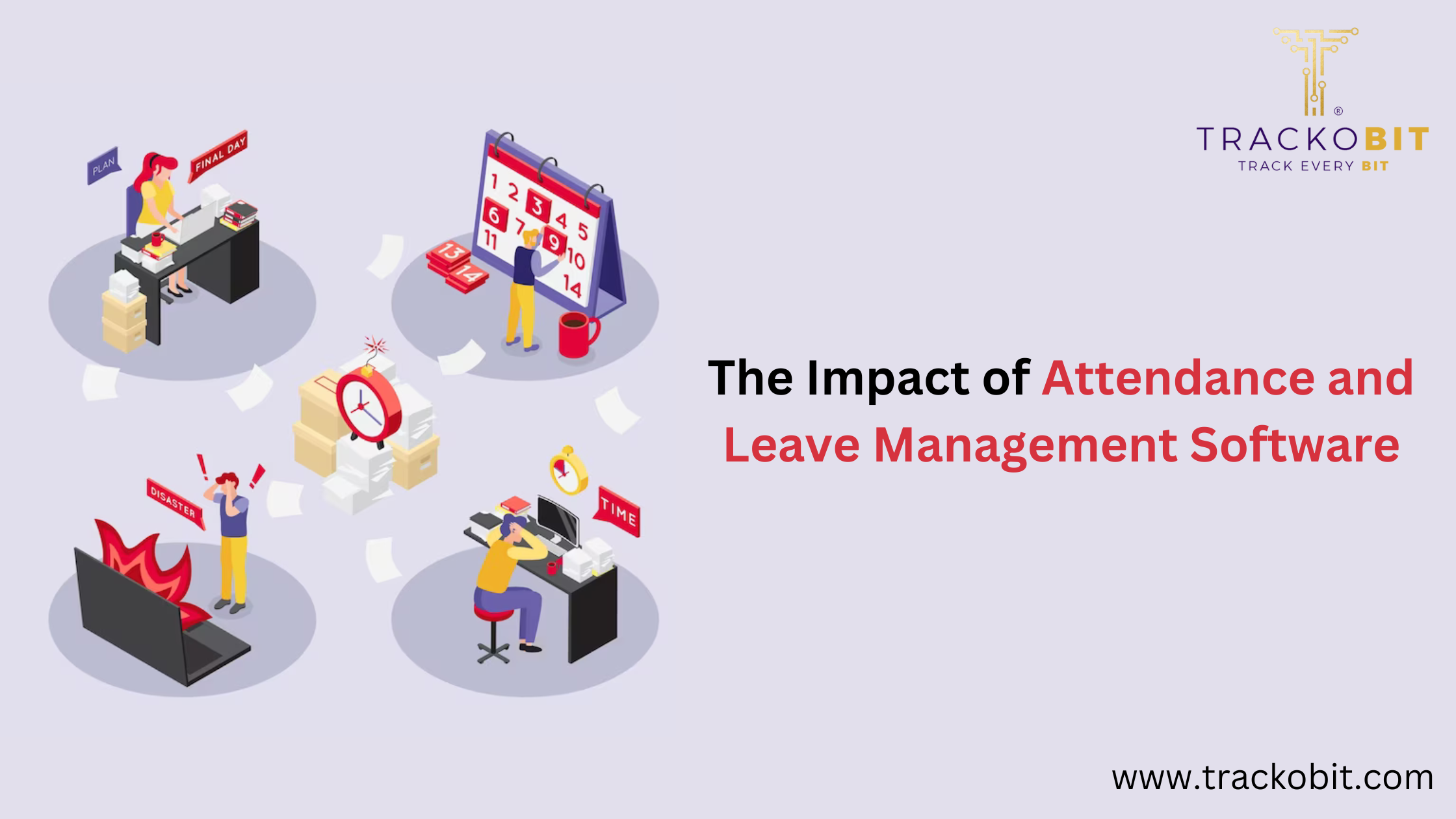In the dynamic landscape of modern workplaces, the efficient management of attendance and leave has become a critical aspect of organizational success. Traditional methods of tracking attendance and managing leave often prove to be cumbersome, error-prone, and time-consuming. Enter attendance and leave management software, a technological solution designed to streamline these processes, enhance accuracy, and empower both employers and employees. In this article, we will delve into the key features, benefits, and considerations surrounding attendance and leave management software.
Understanding the Need
In the traditional work environment, manual attendance tracking and leave management systems often lead to inefficiencies. Paper-based processes are not only prone to errors but also consume valuable time that could be better utilized for strategic tasks. As businesses grow and adopt flexible work arrangements, the need for a robust system to track attendance and manage leave becomes even more pronounced.
Key Features of Attendance and Leave Management Software
1. Automated Attendance Tracking:
These software solutions automate the attendance tracking process, eliminating the need for manual timesheets or physical attendance registers. Employees can clock in and out electronically, and the system accurately records their working hours.
2. Leave Request and Approval Workflow:
The software streamlines the leave request process by allowing employees to submit requests electronically. Managers can then review and approve or deny requests, all within the digital platform. This not only speeds up the process but also reduces the likelihood of errors associated with manual approval.
3. Real-time Visibility:
Employers gain real-time visibility into employee attendance and leave status. This feature facilitates better workforce management, allowing businesses to make informed decisions based on up-to-date information.
4. Integration with Payroll:
Seamless integration with payroll systems ensures that attendance data directly influences salary calculations. This reduces payroll errors and ensures accurate and timely compensation for employees.
5. Comprehensive Reporting:
Robust reporting tools provide insights into attendance patterns, leave trends, and employee productivity. These reports can be invaluable for strategic workforce planning and identifying areas for improvement.
6. Compliance Management:
Attendance and leave management software often comes equipped with features to ensure compliance with labor laws and company policies. This includes tracking overtime, managing leave accruals, and generating compliance reports.
Benefits of Attendance and Leave Management Software
1. Efficiency and Time Savings:
The automation of attendance and leave processes significantly reduces the time and effort spent on manual tracking. This efficiency gain allows HR professionals and managers to focus on more strategic aspects of workforce management.
2. Reduced Errors:
Manual data entry is prone to errors, which can have cascading effects, especially in payroll processing. Automated systems minimize the risk of errors, promoting accuracy and reliability in attendance and leave data.
3. Improved Employee Satisfaction:
The transparency and ease of use offered by these systems contribute to improved employee satisfaction. Employees can view their attendance records, submit leave requests, and receive timely approvals, fostering a positive work environment.
4. Strategic Decision-Making:
Real-time visibility and comprehensive reporting empower organizations to make informed decisions. Whether it’s optimizing staffing levels or identifying trends in employee attendance, these insights contribute to strategic workforce planning.
5. Enhanced Compliance:
Adherence to labor laws and company policies is crucial. Attendance and leave management software helps organizations stay compliant by automating processes related to overtime, leave accruals, and other regulatory requirements.
Considerations for Implementation
1. Scalability:
Choose software that can scale with your organization. As your workforce grows, the software should be able to accommodate increased data and user load.
2. User-Friendly Interface:
A user-friendly interface is essential for widespread adoption. Ensure that both employees and managers can navigate the system with ease, minimizing the learning curve.
3. Integration Capabilities:
Look for software that integrates seamlessly with other HR systems, such as payroll and employee management tools. This integration ensures a cohesive and synchronized approach to workforce management.
4. Customization Options:
Every organization has unique policies and requirements. Opt for software that allows for customization to align with specific attendance and leave policies.
5. Security Measures:
Given the sensitive nature of attendance and leave data, robust security measures are non-negotiable. Ensure that the software complies with data protection regulations and employs encryption protocols to safeguard information.
The Future of Attendance and Leave Management
As technology continues to advance, the future of attendance and leave management software holds exciting possibilities. Integration with artificial intelligence (AI) for predictive analytics, further enhancements in mobile accessibility, and the incorporation of biometric authentication for attendance tracking are just a few trends that may shape the landscape.
Conclusion
In conclusion, the adoption of attendance and leave management software marks a significant stride towards efficient, error-free, and strategic workforce management. The benefits extend beyond HR departments, positively impacting the entire organization by fostering a culture of transparency, accountability, and productivity. As businesses evolve, embracing technology-driven solutions becomes not just an option but a necessity to stay competitive and resilient in the ever-changing world of work.

